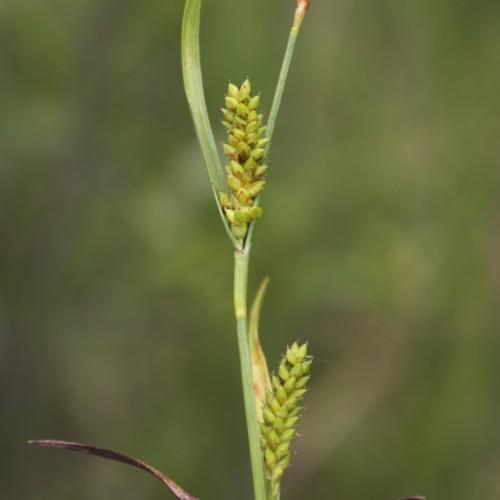
Crawe's Sedge
Carex crawei
Also Known As - Early Fen SedgeWatering:
Minimal
Hardiness Zone:
Flowers:
Flowers
Sun:
Sun
Soil:
Sand, Loam
Leaf:
Yes
Growth Rate:
Low
Salt Tolerant:
Yes
Care Level:
Medium
watering
Field Sedge should be watered 1 to 2 times a week depending on the season. In the spring and autumn, water thoroughly and deeply once a week. In the summer months, water the Field Sedge 2 times a week, making sure to not overwater. When watering, soak the soil around the plant until the top couple of inches of soil is moist. During periods of dry weather, provide additional water to the Field Sedge to keep the soil moist. If the soil around the Field Sedge becomes very dry, it is best to do a deep soak instead of several shallow waterings.
sunlight
Field Sedge typically prefers full sun to partial shade with at least 6 hours of direct sunlight each day. This sun exposure can be met through direct sun or dappled shade. Too little sunlight can cause yellowing of the foliage and thinning of the plant. Planting in an area with morning sun and afternoon shade can also be beneficial in the warmer months.
pruning
Field Sedge is a species of perennial grass that can be pruned back in late winter or early spring, before new growth begins. This should be done annually to control the height and spread of the plant. Plants should be cut down to within 2-3 inches of the ground. Pruning should be done with care in order to ensure healthy regrowth and minimize shock to the plant. It is best to prune the Field Sedge when soil is still moist, as dry soil can cause the plant to become damaged or stressed during pruning.
